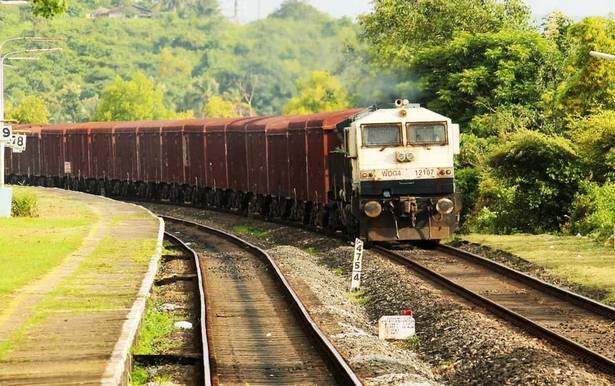Decks have been cleared for the construction of the much-awaited Chandigarh-Baddi rail line with the Ministry of Railways today issuing a notification for land acquisition under Section 20 A of the Railway Act, 1989.
While a big chunk of land falls in Haryana, the last leg of 3-km stretch falls in the Baddi industrial area. Since the locals had been demanding high land award, the ambitious project had been hanging fire for years.
Land awards had earlier been calculated at four times the value of the circle rates, as the locals had refused to accept anything less. The previous state government had, however, failed to accept these rates as it would have set a precedence, where all land owners across the state would have demanded such high rates
Around 38.701 hectare will be acquired in various villages, including Saraj Majra, Shitalpur, Kalyanpur, Chak-Jangi, Landewal, Kenduwal, Billanwali Gujran, Haripur Sandholi and Sandholi in the Baddi industrial area, said the competent authority for land acquisition, SC Saklani.
He said it had been designated as a special railway project and land owners could file their objections with the SDM, Nalagarh, within 30 days.
Sources said efforts by the Land Acquisition Officer and the SDM to convince the locals to accept the lower rates failed to bear fruit, following which the project was delayed for four years.
Officials said the prevailing circle rates would be applicable for land acquisition as per the norms. As per the survey, the rail track will be laid through Surajpur Chandi-Dhamal, near the HMT at Pinjore-Lohgarh-Khera-Tanda-Joluwaal-Kona-Marrawala, and will finally touch Shitalpur in Baddi, abutting the Container Corporation of India’s depot, and will further lead to Haripur-Sandholi. Two level crossings will be provided at Nanakpur and Baddi.
Since the area houses 89 per cent of the state’s industry, the construction of the rail line was a long-pending demand of investors.
It will not only help the investors in addressing the issue of higher freight being charged by local transport unions, but will also help them produce goods at competitive rates. The inland container depot’s utility will also be enhanced as industrial goods will be transported directly from this area.
Source: The Tribune






